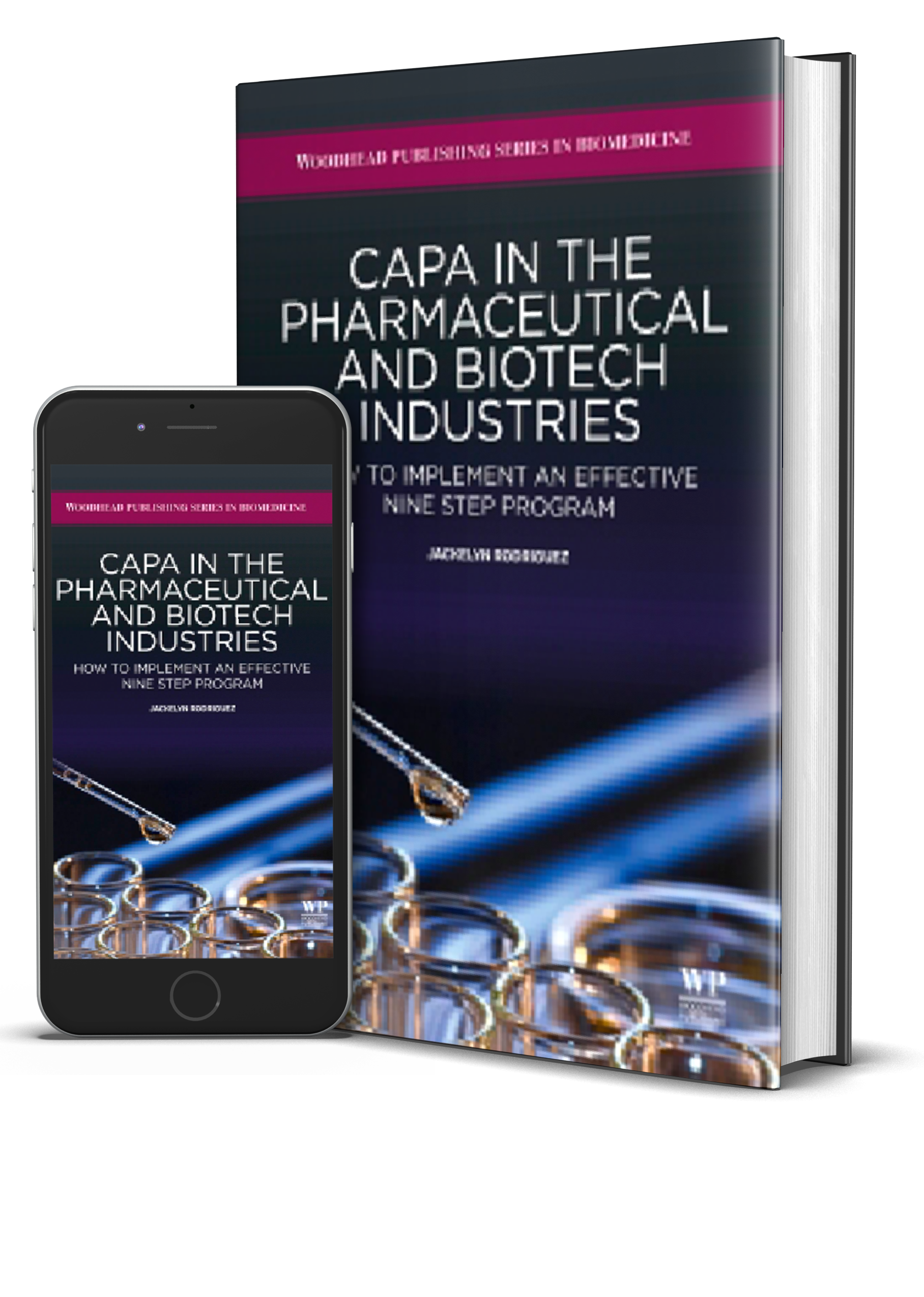
How to Develop an Effective Complaint Handling and Post Market Surveillance and MDR Program for Devices for Boston
![]() Course Director: Jackelyn Rodriguez
Course Director: Jackelyn Rodriguez
![]() Course Cost |
Course Cost | ![]() Course Location |
Course Location | ![]() Course Date
Course Date
$1450.00 Regular Registration / $1300.00 Early Bird (30 Days in Advance)
Boston
Oct 11-12
![]() Aditional Course List: Click here
Aditional Course List: Click here
Who Should Attend
Those who are new to the industry or to their current position and do not have an in-depth knowledge of complaint handling, post market surveillance, and vigilance requirements will also benefit from this course.
This course is designed so that you will:
Upon completion of this course, attendees will have gained an understanding of how to effectively meet the requirements of post market surveillance and vigilance for medical devices.
The first day will cover the general mandates from the FDA, as well as, CE Marking, Directives 90/385/EEC and 93/42/EEC, plus Health Canada requirements. The second day will discuss additional regulatory topics and will review procedures to develop an effective program. General quality system topics will be covered as they relate to the post market surveillance and vigilance processes.
Course Description
With product recalls and market withdrawals on the increase, regulatory agencies are placing greater emphasis on post market surveillance as a way to improve risk management. A successful post market surveillance strategy will ensure that the risk to patients and the number of unforeseen adverse events from device and drug failure is minimized.
This course will provide a thorough understanding of the regulatory expectations for post market surveillance mandates for Drugs and Devices and outline how to apply the appropriate guidances and requirements to your products. Additionally, this course covers complaint handling and post market surveillance implementation problems, requirements and future applications. The attendee will learn how to apply these requirements to effectively develop processes for compliance.
The course will also detail the type of data required, as well as, how to analyze results to determine if product changes may be needed. By the end of this course, participants will have the skills and knowledge necessary ensure compliance in an efficient, cost-effective manner.
Agenda
COURSE AGENDA DAY ONE
Module 1: What is post market surveillance?
Review of the key regulations, standards and guidance documents
Review of FDA’s Inspection Strategy for Post-Market Surveillance for Medical Devices
Module 2: Complaint handling requirements
How should data from complaints be used for surveillance purposes
How to develop a clear linkage to CAPA and other quality systems to ensure improvements
Exercise: Case Study
Module 3: Review requirements and effective strategies for Medical Device Reporting, and Corrections and Removals
Learn how what is Medical Device Reporting?
Why does FDA monitor Adverse Events?
Who Must Report?
Which Adverse events that must be reported to the FDA.
Review Examples of reportable malfunctions:
Interpreting “May Have” caused or contributed…
Learn When NOT to Submit a Report:
Types of Reports
30-day
5-day
Review strategies for Corrections and Removals procedures (21 CFR 806)
- 21 CFR 806: Learn how to better understand the regulation
- A recall is the Correction or Removal of a marketed product that FDA considers in violation, and against which the agency would take legal action. Recall does not include a market withdrawal or stock recovery
What are the Three Necessary Ingredients for a Recall? - What is a “Recall Strategy” as defined by the FDA?
- What is a Medical Device “Market Withdrawal” as defined by the FDA?
- What is a Medical Device “Correction or Removal ” as defined by the FDA?
Other things to consider:
- Routine Servicing
- Stock Recovery
- Market Withdrawal
- Safety Alert
- Risk to Health
- Medical Device Safety Alerts
- What are the different recall classifications and how are they defined?
DAY TWO
Module 4: Review of Council Directives 90/385/EEC, 93/42/EEC and 98/79/ECs
Post-Marketing Surveillance (PMS) post market/production and vigilance requirements
Linkage to quality system sub-systems such as design control
Module 5: What factors must Medical Device and Diagnostic manufacturers consider when setting up their post market surveillance program?
What data should be monitored
What is the appropriate level of post market surveillance and how can manufacturers be more proactive?
How to gather required data
Linkage to Risk Management
Learn what should be monitored (field issues) to be used as the basis for Post Market surveillance and monitoring of the products
Exercise: Case Study
Module 6: What challenges do manufacturers face when implementing their post market surveillance program?
Emphasis on developing and improving post market surveillance systems
What to do with the results of review
Learn how post market surveillance data should be used from an improvement process within the quality system
Review critical aspect of a complaint Post Market surveillance and Vigilance procedure
Exercise: Review and critique of a Post Market surveillance and Vigilance procedure [Símbolo] Questions & Wrap-Up When delivered as an in-house program, this course is fully customizable to meet the specific needs of an organization, department or employees functional responsibility.
For more information, click HERE
All of course can be delivered on-site and can be fully customizable
* Before registering for any of our courses, read our registration policies and procedures.


